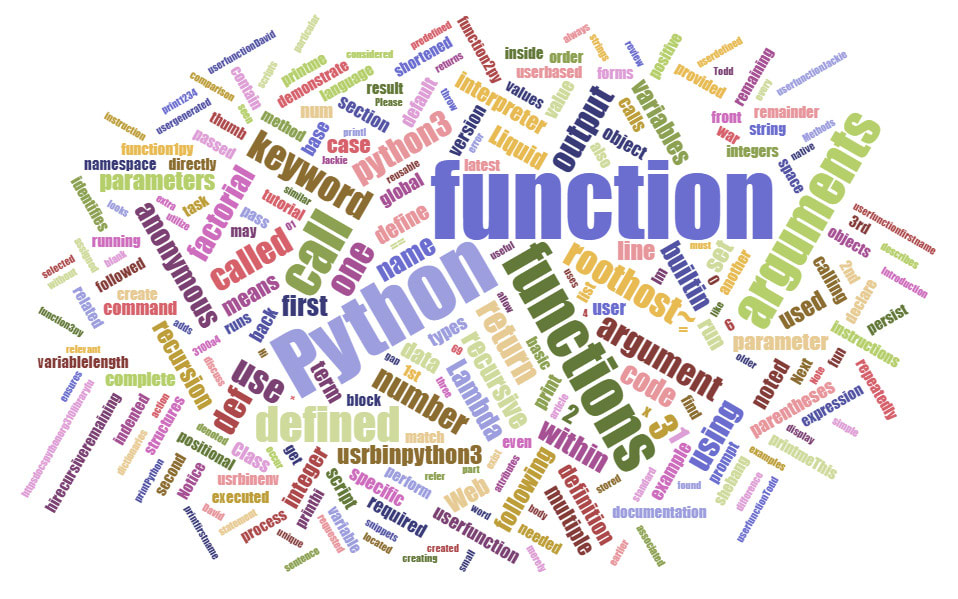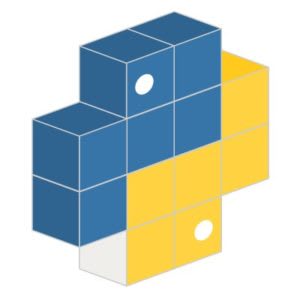Tag: Python 3
Python remains one of the most popular programming languages thanks to its versatility and user-friendly syntax. Python code and assets can be seamlessly used across major desktop operating systems, such as macOS, Linux, and Windows.
How to Install TensorFlow on AlmaLinux
If you have not yet been introduced to Machine Learning, TensorFlow is Google's open-source, Machine Learning (ML) platform that aims to simplify developing ML models. It is a symbolic math toolbox that performs several tasks, such as deep neural network training and inference using dataflow and differentiable programming.
How to Install Pip on CentOS 7
Pip (also known as Pip3 — corresponding to Python 3) is a tool for installing and managing Python packages (the name "Pip" is a recursive anagram for "Pip Installs Packages"). It is considered by many to be essential for developing Python packages. If you're developing or distributing Python packages, Pip is a must-have. In this guide, you will be shown a few methods for installing Pip, as well as a few steps you can take to verify the installation was successful, giving you a smooth start to Python 3 package development. Let's review how to install Pip on CentOS 7.
Guide to For Loops in Python and Bash [Explained with Examples]
What is a For Loop?

A for loop in Python is utilized to make repeated use of a function or procedure, applying it each time to the result of the previous sequence. This repeating process is called iteration. The for loop checks each iteration until a condition is met. Typically these are used when we have to run a block of code duplicating it X number of times. Each time it iterates over a sequence, it re-executes the code.
How to Install and Configure Django on CentOS 8
Introduction
In this article, we will discuss what Django is, its purpose, and how to install and configure it on CentOS 8.
What Is a Python Function? A Tutorial

What is a Python Function?
In this tutorial, we discuss one of the most useful attributes of Python: the function. Python functions are considered “First Class” objects. A First Class object can be assigned to variables, stored in data structures, passed as arguments to other functions, or even return values from other functions. Other examples of First Class objects in Python are integers, strings, and dictionaries.
How to Install Jenkins on CentOS 8
What is Jenkins?
Jenkins is an open-source software written in Java and Scala. This software allows users the ability to automate almost any task and, it saves significant time that can be better utilized addressing other issues. When automating tasks with Jenkins, users can optimize their workflow by quickly automating the jobs that servers cannot do themselves. In this tutorial, we will learn how to install Jenkins on CentOS 8. We will also explore what its purpose is and share several benefits that Jenkins offers. We will then configure it to run on our CentOS 8 server.
Which Installer is Better? Pip or Easy Install

One of the most significant advantages of Python is how easy it is to reuse existing code.
The Best Editors for Development 2021
In this tutorial, we explore the top five IDEs or Integrated Development Environments in demand today, and why most developers prefer them.
How to Install the Django Web Framework on Ubuntu 20.04
What is Django?

Django is a Python-based web framework that is used for developing complex, database-driven websites. It also operated under an open-source license indicating it is free to use. Django is ultra-fast and encourages security, and it is exceptionally adaptable, which is the cause of its immense popularity.
Our Sales and Support teams are available 24 hours by phone or e-mail to assist.

